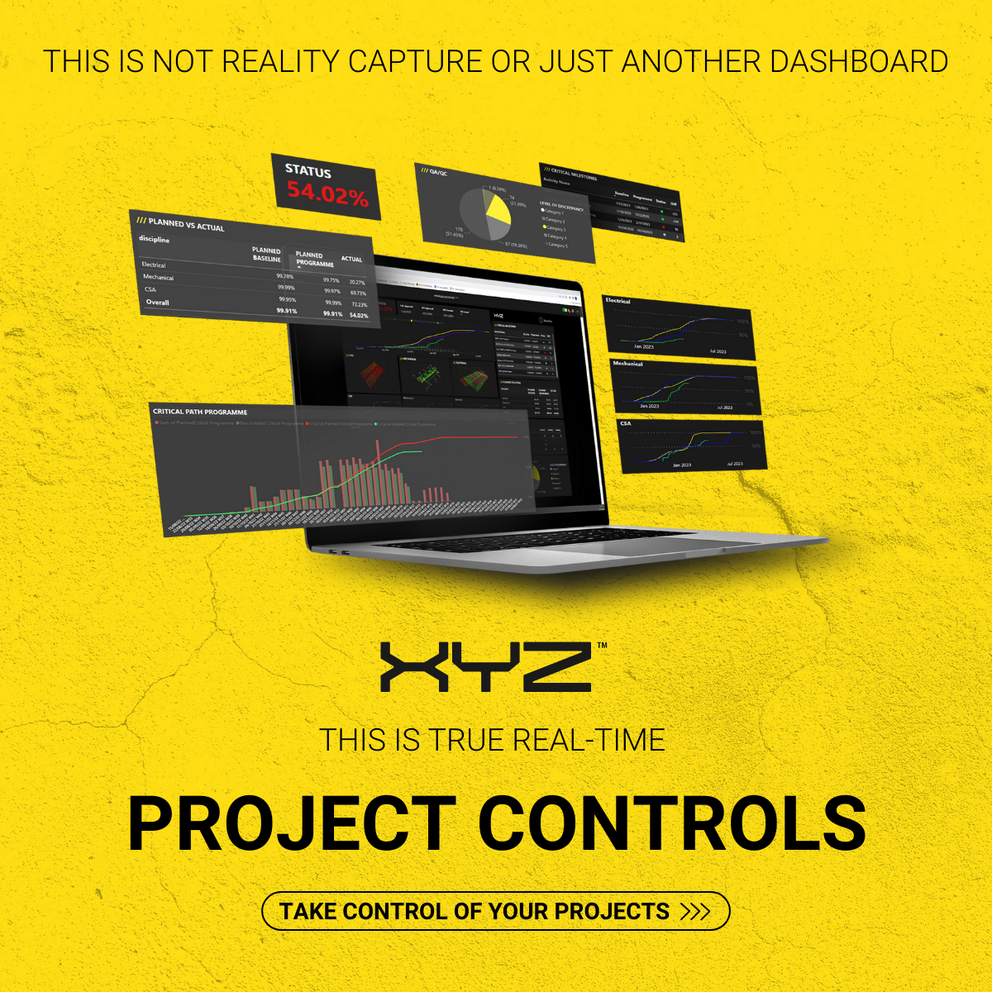-
Services
Services
Find out how we work with our clients and deliver value to construction projects from day one
-
Solutions
Solutions
Discover how all our solutions sync together to deliver construction's most powerful BIM platform to date
-
Built for
Built for
-
Industry
Industry
Understand how we support construction's biggest sectors, and hear from our clients who have experienced the power of XYZ
-
Resources
Resources
Get stuck into all our latest thought leadership, news, reports and industry leading content
-
Company
Company
Dive into what makes XYZ tick, unearth why construction is in our DNA and why we are world leaders in AR solutions

Insights
Understanding Project Integration Management for the Construction Industry

27 January 2023
With so many complex processes to keep track of in construction projects, integration management is crucial to ensure timely completion. Proper integration management can ensure a better workflow, preventing unnecessary delays and cost overruns.
But what is project integration management, and how does it work in the construction sector? This article will cover what it is, its various components, and how each one works to improve overall project performance.
What is project integration management?
Project integration management in construction projects is the coordination of all project elements, including various tasks, stakeholders, resources, and supply chains. The purpose of integration management is to make overseeing all elements of construction projects (of which there are many) easier by allowing office and onsite teams to work together more seamlessly.
The effectiveness of integration management directly affects project performance. How successfully a project is completed is often determined by how well it’s managed. In other words, a project completed safely, within budget, on schedule, and to the client’s satisfaction will typically be one with proper integration management.
Integration management includes all facets of a project and is necessary for creating a proper framework for overseeing important stakeholder requirements to increase construction efficiency.
Recent advancements in technology have assisted in managing how projects are integrated. XYZ BIM, for example, allows teams to access information on a single, centralized platform. Collaboration between office and onsite teams becomes much easier with updates in real time, consolidating important data for more effective project execution.
In short, project integration management processes ensure that all operations are successfully coordinated and that each activity is carried out promptly and efficiently. With this in mind, it’s important for project managers to know how elements of integration management can help them oversee each task to completion.
How to implement successful project integration management
Here’s how to successfully carry out integration management for a project.
1. Develop a project charter
A project charter is an official document that affirms the project manager’s authority over the project and gives them permission to initiate it. The charter outlines organizational requirements and allows the project manager to allocate resources and actually begin planned project activities.
This document can be pivotal in setting the tone for project integration management in construction projects. All project activities and coordination will stem from the direction given in this document.
2. Integrate knowledge wherever possible
Knowledge integration refers to the exchanging of knowledge among stakeholders and the inputting of all data into a standardized system. Knowledge integration is a fundamental component of the project integration management process, as it ensures that there are no gaps in knowledge between those working on the project.
The most important aspect of long-term success in project management is how well information is centralized and communicated.
For this, you can make use of technological solutions. Platforms like XYZ Reality integrate with Autodesk Construction Cloud to bridge data gaps and minimize errors in information management.
3. Ensure processes are integrated
How well a process is carried out can be the distinct difference between the success and failure of a project. Disjointed processes can create more trouble than they’re worth, which is why it’s crucial to make sure that any established processes are cohesive, especially during the design stages.
4. Make sure workers have the right support
Coordinating staff is a core component of project integration management. This may include establishing staff support systems and initiatives from management to provide employees with the necessary tools to assist them in any onboarding or training processes.
One technique is organizational integration, which includes emphasizing elements like collaboration, cross-functional teams, and in-group skill development. These elements are aimed at increasing the effectiveness of a workforce and improving overall collaboration.
5. Consolidate supply chains
Supply chain integration means integrating customers and suppliers into overall workflows and creating systems to distribute information between clients, vendors, and project teams. This is a crucial part of managing any project and should be especially prioritized during the preconstruction phase.
Improve project integration management with XYZ Reality
XYZ Reality offers the most sophisticated augmented reality applications tailored specifically for the construction industry. You can make your project implementation far more efficient than ever before with our XYZ Platform.
Our platform allows you to sync all BIM data and improve workflow to keep every team connected and up-to-date.
Book a demo with XYZ reality today!






